The concept of the millennium, particularly from a premillennial view, sparks curiosity among many believers. This perspective suggests that Jesus will return before a 1,000-year reign of peace and righteousness on Earth.
Understanding this view can provide insights into how many interpret biblical prophecy and its implications for the future.

Premillennialism emphasizes that significant events, such as tribulation and resurrection, play a crucial role in ushering in this millennium.
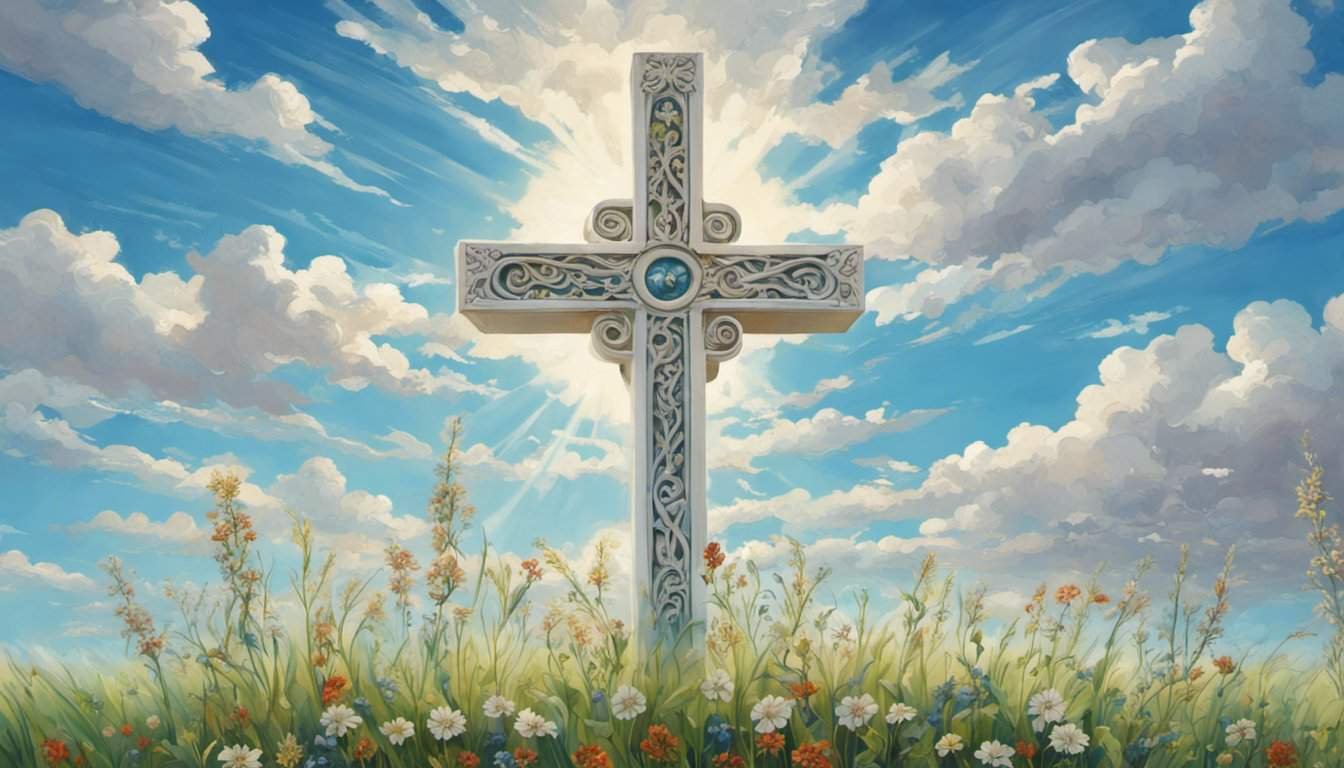
Many followers see this time as a fulfillment of God’s promises, shaping their faith and actions today. The excitement surrounding these teachings often leads to deep discussions about heaven, the end times, and the ultimate victory of good over evil.
The premillennial view challenges individuals to reflect on their beliefs and consider how these prophecies influence their lives. Whether one agrees or disagrees, exploring this topic opens doors to understanding eschatology and its relevance in modern faith communities.
Key Takeaways
- Premillennialism emphasizes Christ’s return before the millennium.
- Key events shape the timeline leading up to this significant period.
- Understanding this view can deepen one’s faith and commitment.
Understanding Eschatology
Eschatology is the study of the end times and final events in human history. It includes various beliefs about what happens after death, the second coming of Christ, and the ultimate fate of the world. Different perspectives on eschatology lead to diverse interpretations within Christianity.
Definitions and Key Terms
Eschatology covers several important concepts. Here are some key terms:
- Eschatology: The study of last things, including death, judgment, and the final destiny of humanity.
- Premillennialism: The belief that Christ will return before a literal thousand-year reign on Earth.
- Amillennialism: The view that there is no literal thousand-year reign; it sees the millennium as a symbolic period.
- Postmillennialism: The belief that Christ will return after a period of peace and righteousness on Earth.
Understanding these definitions helps clarify how different groups view the end times.
Eschatological Perspectives
Each perspective on eschatology offers a unique interpretation of events:
-
Premillennialism: This view holds that there will be a time of great tribulation followed by Christ’s return. After this, Jesus will reign on Earth for 1,000 years. This belief is commonly associated with a literal interpretation of the Bible.
-
Amillennialism: This perspective argues that the “millennium” is happening now in the hearts of believers. It does not expect a physical reign of Christ on Earth, focusing instead on the spiritual fulfillment of God’s kingdom.
-
Postmillennialism: Proponents believe that the world will improve over time through the spread of the Gospel. Eventually, Christ will return after this golden age of peace.
Each position has its scriptural basis and implications for faith and practice.
Origins and Development of Premillennialism
Premillennialism has deep roots in Christian theology, arising from interpretations of biblical texts. It emphasizes the belief that Jesus will return before a thousand-year reign, known as the Millennium. This section explores the biblical basis, historical evolution, and its presence in church history.
Biblical Foundation
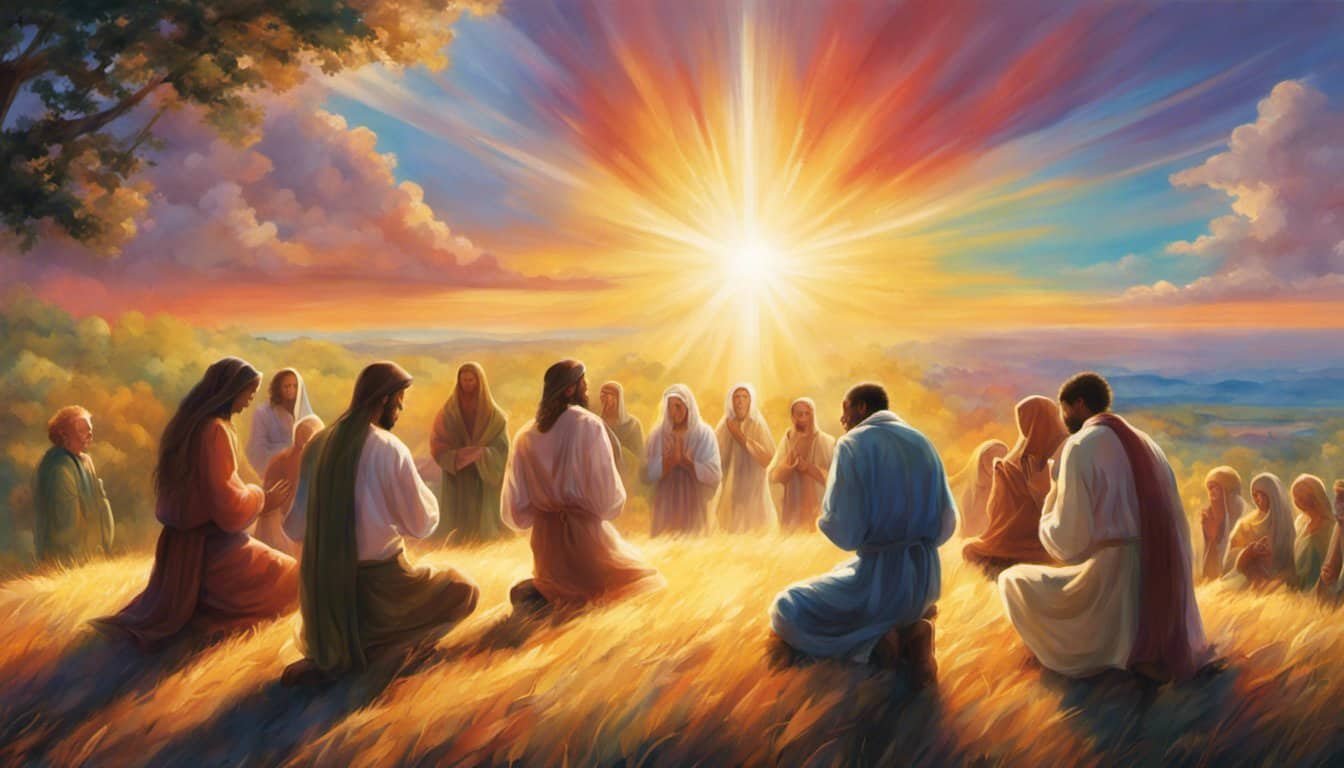
Premillennialism derives its concepts from various passages in both the Old and New Testaments. Key verses include Revelation 20, where it describes a thousand-year reign of Christ after his return.
Other significant texts are found in Isaiah and the Gospels. They suggest a coming time of peace and justice under the Messiah.
The concept of the Millennium is tied to prophetic visions. This is where believers see a literal fulfillment of God’s promises.
Many premillennialists argue that these scriptures indicate a future event rather than a present reality. This belief sets the stage for a hopeful future in Christian eschatology.
Historical Evolution
Historically, premillennialism displayed diverse interpretations. Early church fathers like Justin Martyr and Irenaeus supported a literal interpretation of the Millennium. Their teachings laid a foundation for future beliefs.
During the Middle Ages, these views faded somewhat, overshadowed by amillennial perspectives. It was not until the 19th century that premillennialism re-emerged strongly.
The rise of dispensational premillennialism changed the landscape. Notable figures like John Nelson Darby promoted this view, emphasizing a distinction between Israel and the Church.
This version also introduced the concept of the rapture, where believers would be taken before tribulation, further shaping modern thought.
Premillennialism in Church History
Premillennialism has played a significant role in shaping various movements within the church. The Fundamentalist movement in the early 20th century revived interest in premillennial teachings.
This resurgence led to the establishment of seminaries focused on dispensational beliefs. Many modern evangelical churches still embrace premillennialism today.

Throughout history, historical premillennialism has remained a counterpoint to other views. It emphasizes continuity between the Old and New Testaments and sees the Church as part of God’s plan.
The Premillennial View of the End Times
The premillennial view offers a specific interpretation of the end times, focusing on the return of Christ and the events that follow. Key beliefs include the rapture, tribulation, and a thousand-year reign. Understanding these concepts helps clarify what this perspective entails.
Overview of Premillennial Beliefs
In the premillennial view, Christ will return before the millennium, which is a literal thousand-year reign on Earth. This return is known as the second coming. Before this reign, believers will experience the rapture, where they will be taken up to meet Christ.
The period before this reign includes the tribulation. This time is marked by great suffering, often referred to as the great tribulation. During the tribulation, the Antichrist will rise, causing widespread chaos. After this period, Christ will establish His kingdom, defeating evil and binding Satan.
Distinctive Features

Several key features distinguish the premillennial view from other interpretations. First, it emphasizes a literal millennium, where Jesus reigns on Earth. This is seen as a time of peace and righteousness.
Second, the resurrection of the dead is a key event. Believers will be raised to life, experiencing the eternal state in a new heaven and new earth. This promises hope for a restored creation after the judgment.
Additionally, the premillennial view highlights the day of the Lord, which signifies God’s intervention in human history. This includes the ultimate triumph over sin and evil through Christ’s return. The anticipation of these events shapes the beliefs and hope of the church.
The Millennium in Premillennial Theology
Premillennial theology presents a distinct view of the Millennium, focusing on Christ’s literal reign on Earth after His second coming. This perspective shapes the understanding of Israel’s role, the Church’s function, and the significant event known as the binding of Satan.
Characteristics of the Millennium
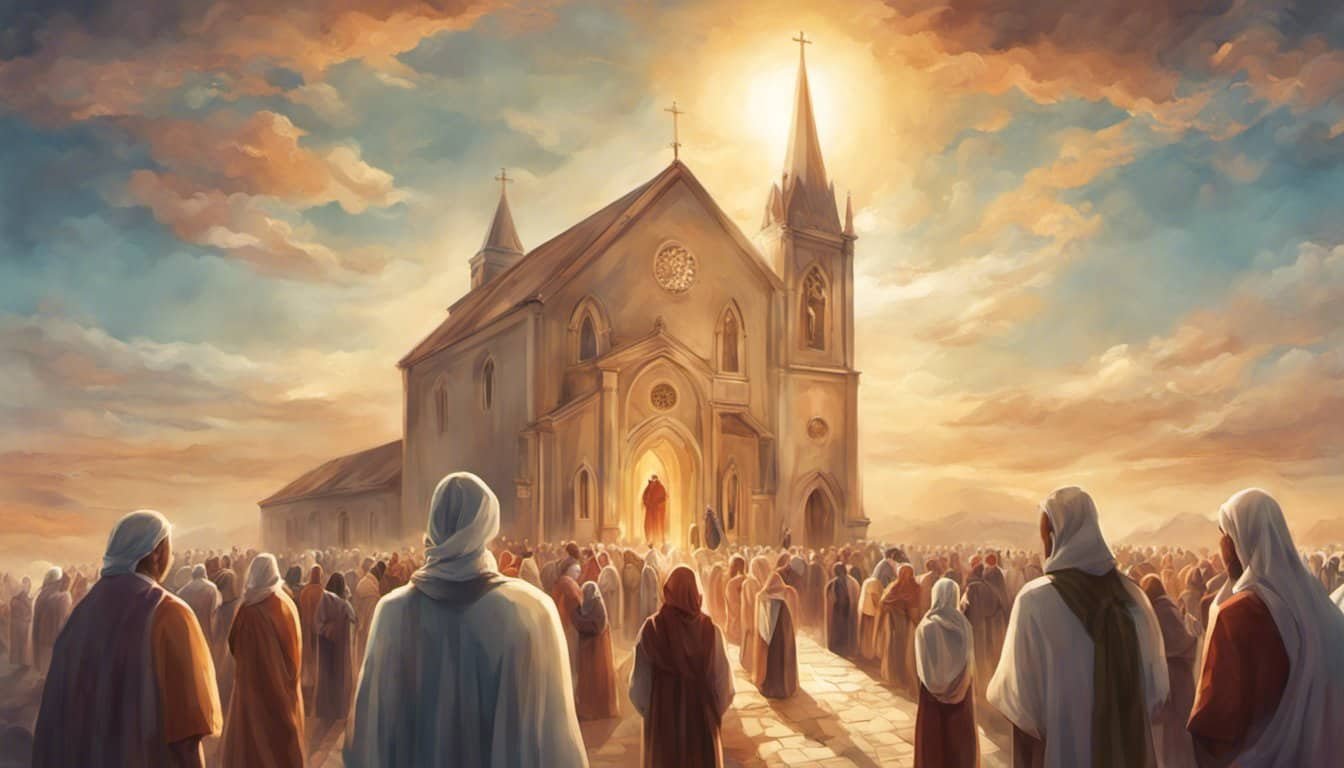
In premillennial theology, the Millennium is viewed as a literal 1,000-year period. During this time, Christ rules on Earth, offering peace and justice. This reign is marked by a restored relationship between God and humanity. The promises made to Israel in the Old Testament are thought to be fulfilled during this era.
Key characteristics include:
- Physical Reign: Christ’s visible presence on Earth.
- Restored Creation: A time of harmony in nature.
- Righteousness Prevails: An absence of sin and violence.
Many see this period as a time of hope for Israel, emphasizing the spiritual and physical restoration promised in scriptures.
Role of Israel and the Church
In this view, Israel occupies a central role. Premillennialists believe that God’s promises to Israel, including land and blessing, will be realized during the Millennium. The nation of Israel will play a key role in worship and governance under Christ’s rule.
The Church, while important, is seen as distinct from Israel. It is believed to experience blessings during the Church age and participate in the Millennium but is not the main focus. The Church encourages believers to support Israel, recognizing the unity of God’s plan.
Binding of Satan Explained
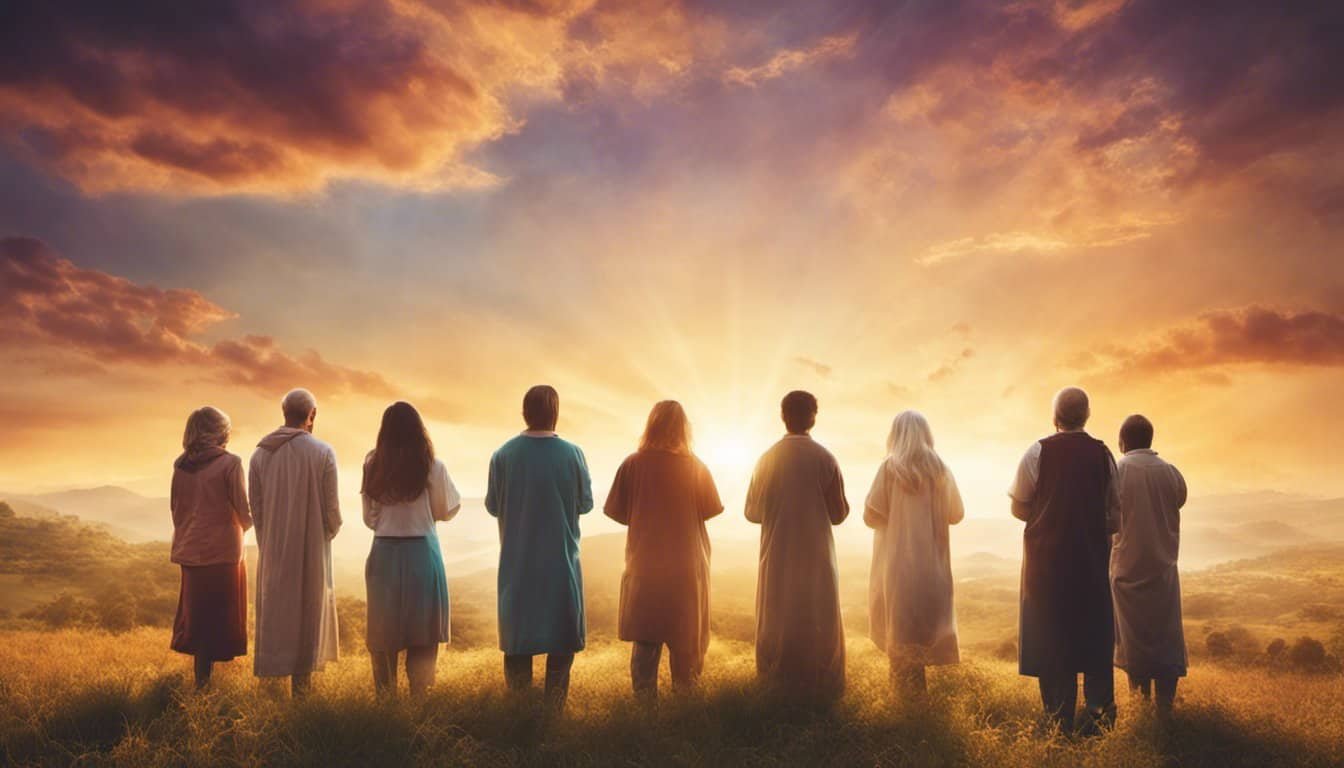
The binding of Satan is a crucial aspect of the Millennium in premillennial thought. This event is interpreted as occurring at Christ’s second coming. Satan is restrained, preventing him from deceiving the nations. This allows for a time free from chaos and sin.
Key points include:
- Limited Influence: Satan’s ability to tempt or harm is severely restricted.
- Significance for Humanity: Peace and righteousness flourish, leading people to recognize God’s authority.
- The End of Deception: With Satan bound, the truth of Christ shines brightly.
The binding of Satan symbolizes victory over evil, marking a radical shift in spiritual dynamics during the age to come.
This period embodies the hope the faithful have looked forward to, aligning with both biblical prophecy and the ultimate promise of redemption.
Major Events Preceding the Millennium
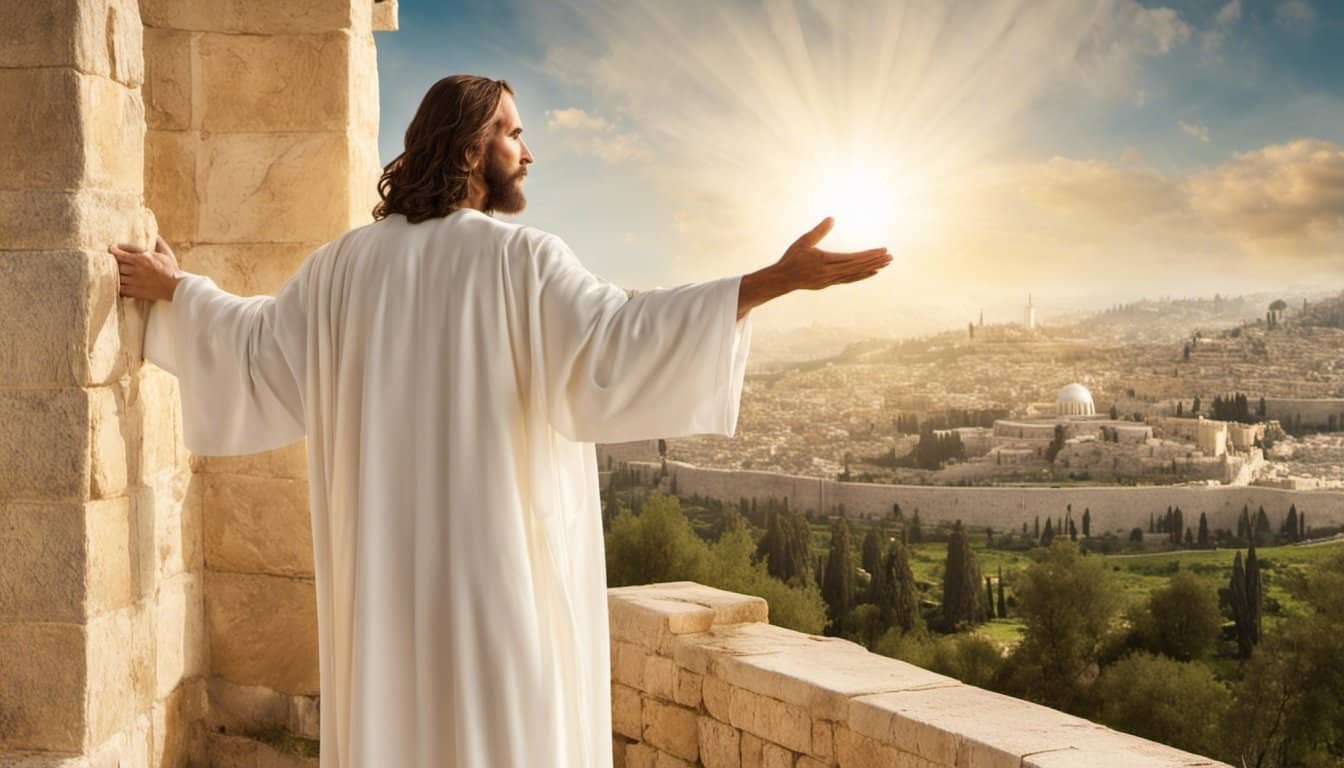
Before the millennium begins, several significant events are believed to occur. These events include a time of suffering known as the Tribulation, the anticipated return of Christ, and a debate regarding the Rapture. Each of these events is critical in understanding the premillennial view.
The Tribulation Period
The Tribulation period is described as a time of intense suffering and chaos on Earth. Many believe it will last for seven years and be marked by great tribulation. This time includes natural disasters, wars, and widespread suffering.
During the Tribulation, two key figures, often referred to as the Antichrist and the False Prophet, will emerge. They will lead many astray, pushing for a global government and promoting false worship.
Believers during this time may face persecution for their faith. The events serve as a testing period for Christians, leading to the final battle known as the Battle of Armageddon. This battle represents the ultimate clash between good and evil, setting the stage for the Second Coming.
The Second Coming of Christ
The Second Coming of Christ is viewed as a pivotal moment in Christian eschatology. It is believed that Jesus will return physically to Earth to establish His kingdom.

This event occurs after the Tribulation and brings hope to many believers. The return is often linked with the resurrection of the dead. Those who have died in faith will rise and join Christ.
At this moment, Jesus is expected to judge the living and the dead. He will defeat the Antichrist, solidifying His position as the rightful ruler. This establishes the foundation for the millennium, where peace and righteousness will reign.
The Rapture Debate
The Rapture debate centers around the timing of Christ’s return in relation to the Tribulation. Some believe the Rapture will occur before the Tribulation, sparing believers from suffering. Others argue it will happen during or after.
Those who support the pre-Tribulation Rapture argue that it aligns with God’s promise of protection for His people. They often cite Scriptures that describe the sudden disappearance of believers. This event offers hope and reassurance.
On the contrary, some Christians believe that believers will endure the Tribulation as a test of faith. This leads to diverse interpretations and discussions within the church. The Rapture and its timing remain essential topics in premillennial theology.
Resurrection and Judgment

In the premillennial view, both the resurrection of the dead and the final judgment are critical events that shape the eternal state of each individual.
The resurrection signifies a time when everyone will be given new life, and the judgment determines their eternal fate in the Kingdom of God.
Resurrection of the Righteous and the Wicked
The resurrection involves two distinct groups: the righteous and the wicked. The righteous, those who have followed God’s ways, will be raised first to enter the Kingdom of God. This resurrection is often seen as a celebration or harvest of spiritual life.
In contrast, the wicked will also be resurrected, but their fate is much different. They will face judgment and receive the consequences of their actions during their earthly lives. This division highlights the significance of choices made while alive, as it ultimately impacts one’s eternal state.
Judgment and the Eternal Order

Following the resurrection, a final judgment will occur. This is known as the Great White Throne Judgment. Here, everyone will be evaluated based on their deeds. The righteous will receive eternal rewards, while the wicked will face separation from God’s presence.
The judgment will set the stage for the eternal order. In the Kingdom of God, believers will enjoy everlasting life, free from death and suffering. The eternal state promises a new beginning for the righteous, marked by peace and joy. This process reinforces the importance of living a faithful life, as it shapes one’s destiny in eternity.
Comparative Eschatological Views
Eschatology includes various views on the millennium. Understanding these differences helps clarify beliefs about Christ’s kingdom and the end times.
Amillennialism and Postmillennialism
Amillennialism believes that the millennium is not a literal thousand-year reign. Instead, it sees the kingdom of God as a present reality. This view holds that Christ rules spiritually from heaven while the world experiences a mix of good and evil.
In contrast, Postmillennialism looks to a future where Christ will return after a golden age of Christian influence on earth. This view teaches that the kingdom will gradually grow, leading to a time of peace and righteousness before Christ’s second coming.
Both views differ significantly from premillennialism, which expects immediate, literal events surrounding Christ’s return.
Dispensationalism vs. Historical Premillennialism
Dispensational Premillennialism is a specific belief that divides history into distinct periods or “dispensations.” Proponents think that the church age is separate from God’s plan for Israel. They expect a future rapture, followed by seven years of tribulation, before Christ returns to establish His thousand-year reign on earth.
On the other hand, Historical Premillennialism believes in a single church age with no rapture before tribulation. This view is less focused on temporal divisions. It emphasizes that believers will experience hardship before Christ returns for a literal reign.
Each perspective shapes how followers understand scripture and the events leading to the end times.
Implications for the Modern Church
The premillennial view has significant implications for the church today. It shapes theological beliefs and influences how the church approaches its mission in the world. This perspective encourages a sense of urgency and readiness among believers.
Theological and Practical Effects
Premillennialism brings a unique focus to biblical interpretation. It often emphasizes prophecy and the reality of end times, which can energize the faith of believers. This view supports the idea of a coming period of tribulation, often linked to the figure of the anti-Christ.
As members of the church militant, believers may feel called to prepare spiritually and practically for challenges ahead. This might lead to increased emphasis on holiness and evangelism. The concept of the great apostasy also reminds the church of the importance of staying true to its teachings amidst potential division.
Church’s Mission and Eschatology
The mission of the church is directly impacted by premillennial views of eschatology. Understanding the urgency of the times can drive believers to spread the Gospel more fervently. The hope of Christ’s return motivates outreach efforts and discipleship, encouraging Jewish/Christian relations to foster unity.
Moreover, recognizing potential struggles influences how the church prepares its congregation. It encourages believers to build strong support systems and deepen their faith. Prophecy becomes a tool for not just teaching but also for inspiring action in the modern world. This perspective can invigorate the church’s mission and promote resilience in faith.
The Hope and Challenge of Premillennialism
Premillennialism offers hope, especially for Israel. It reassures many that God has not forgotten His promises.
The return of Jesus Christ is a critical event. Believers look forward to a time of peace and restored righteousness on Earth.
This belief inspires trust in God’s plan. Yet, it also brings challenges.
Some find the idea of a physical reign difficult to accept. Critics may question interpretations of prophecy.
Despite these challenges, the core message remains strong. Premillennialism encourages faith and perseverance.
It invites believers to hold onto hope in God’s promises throughout history.














